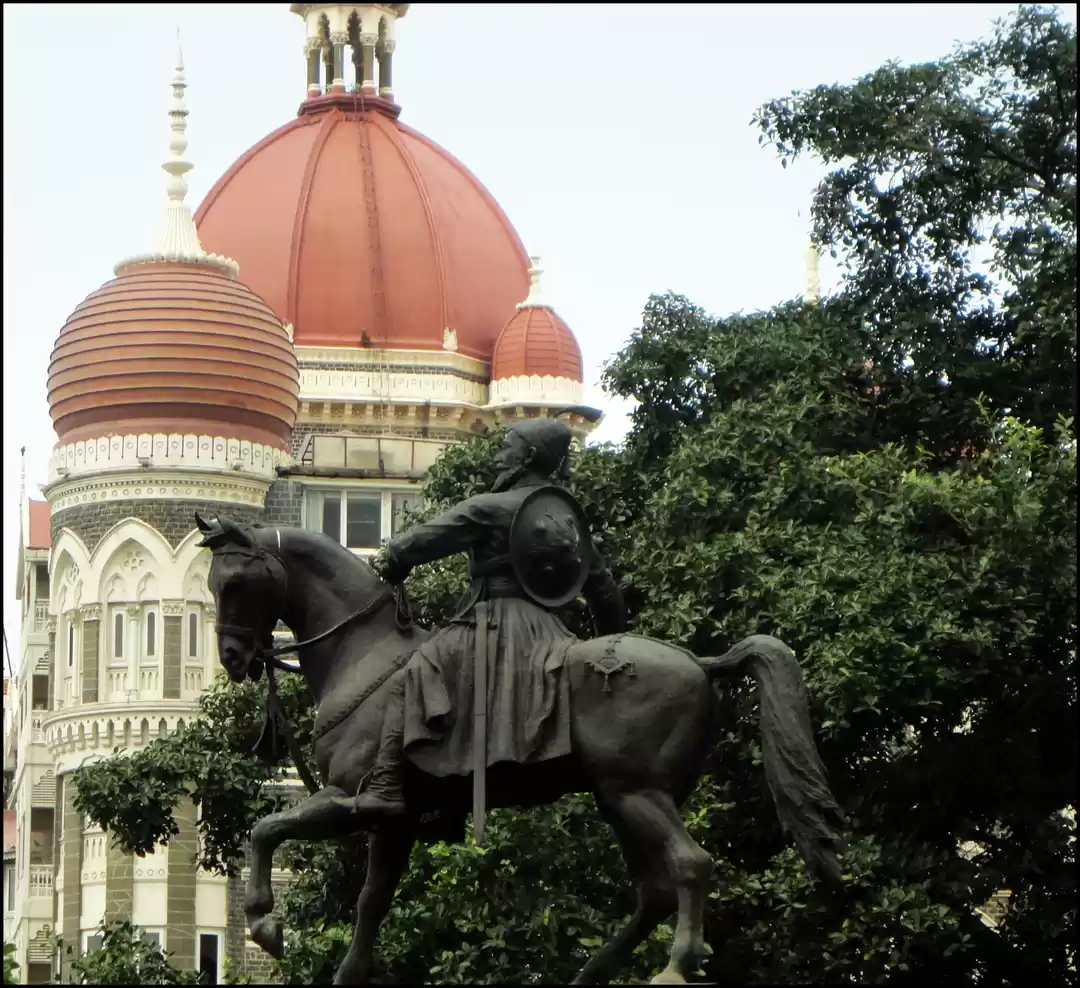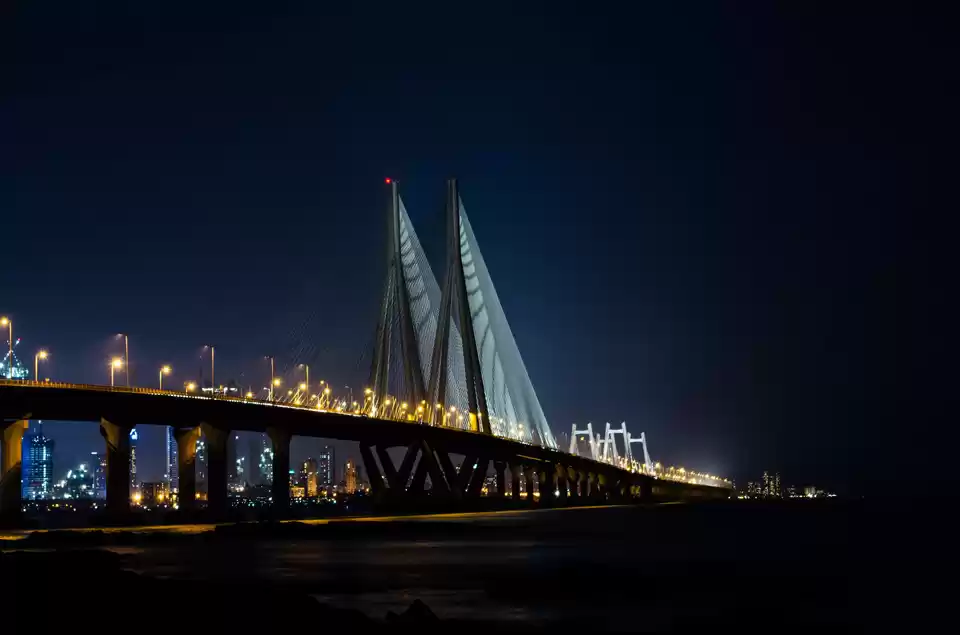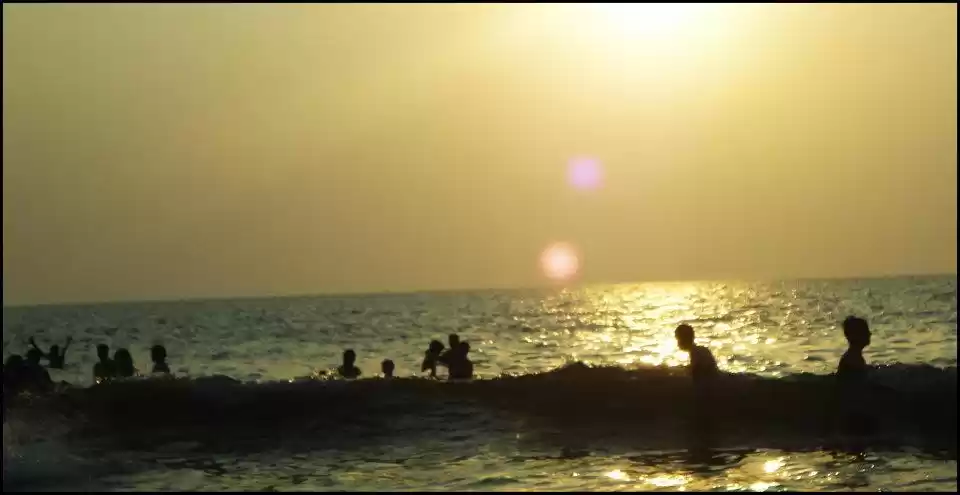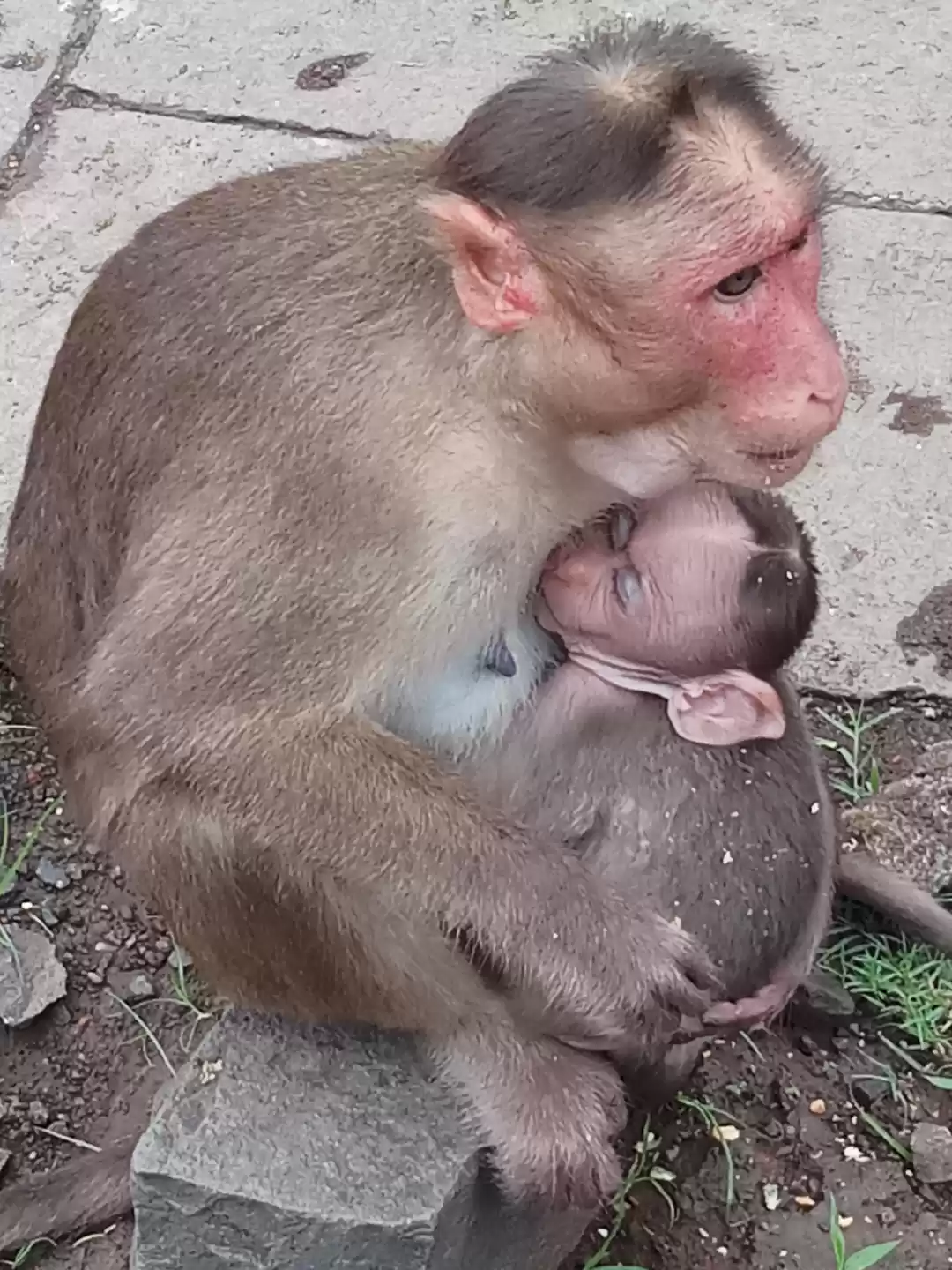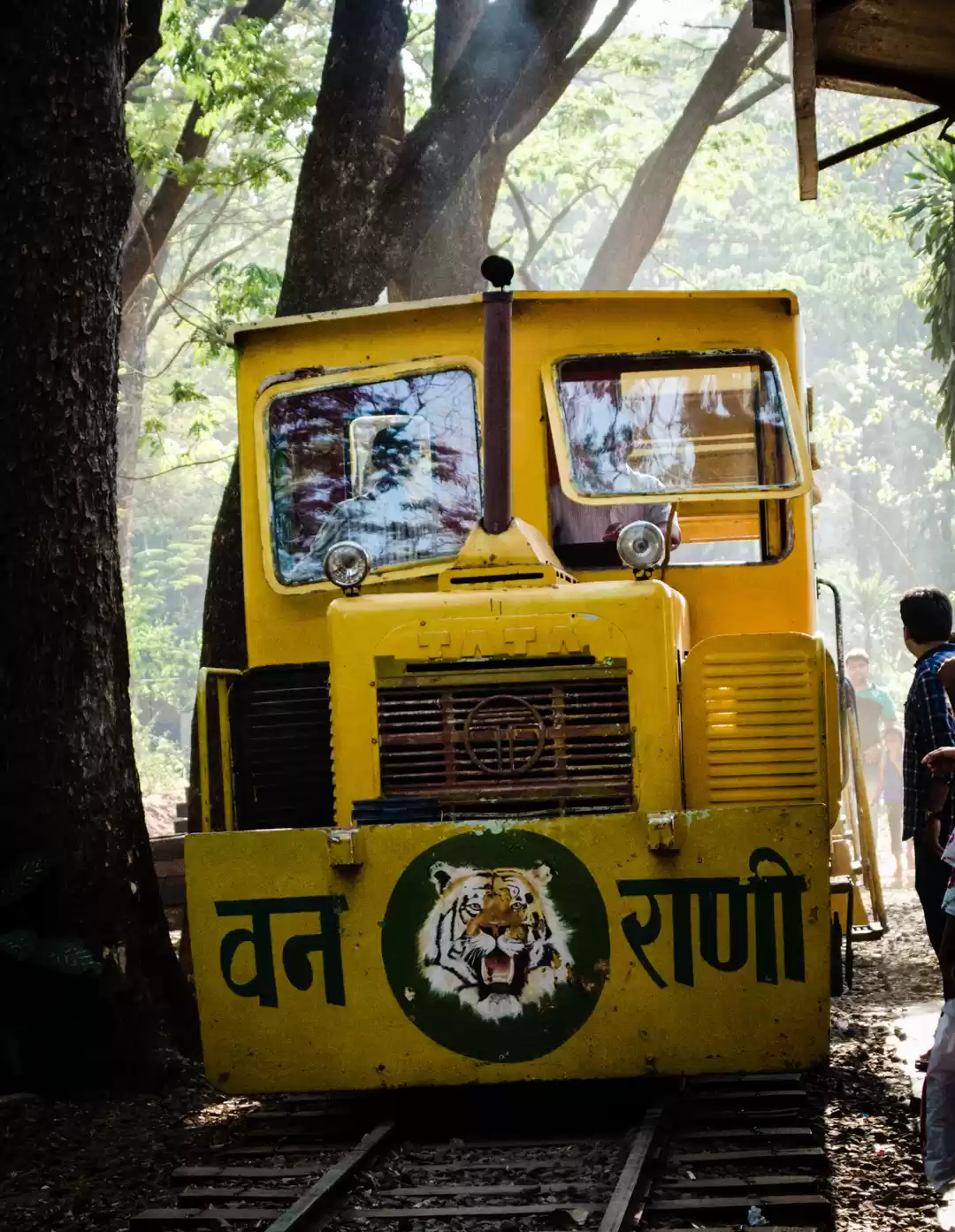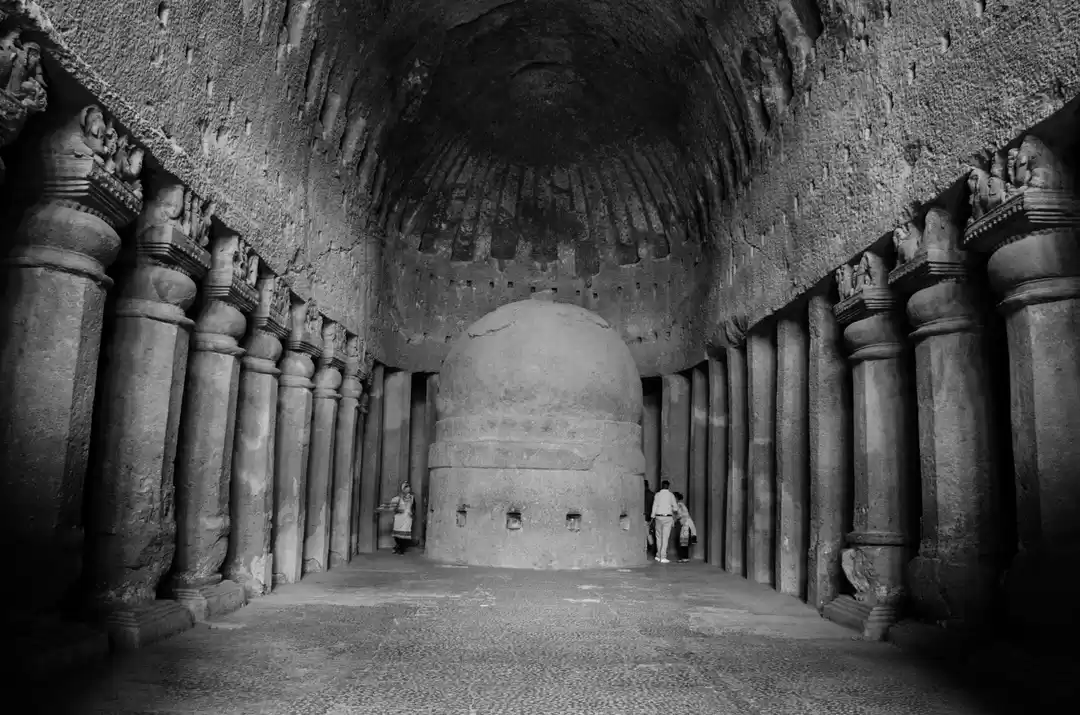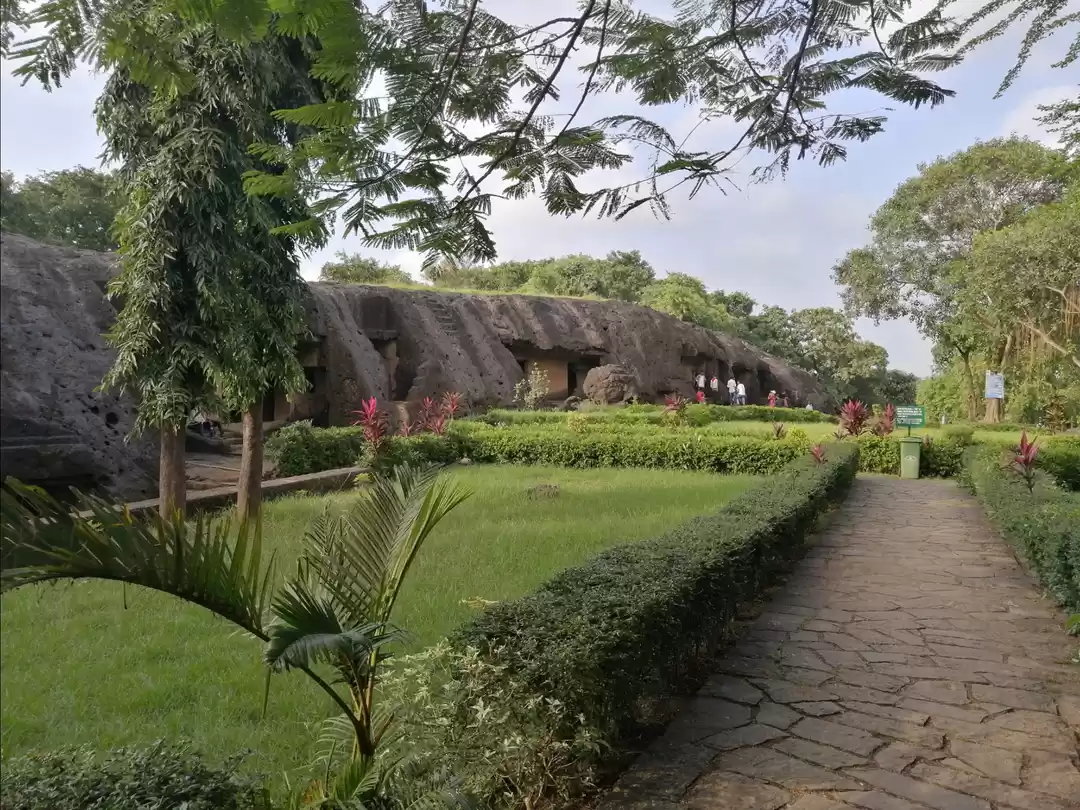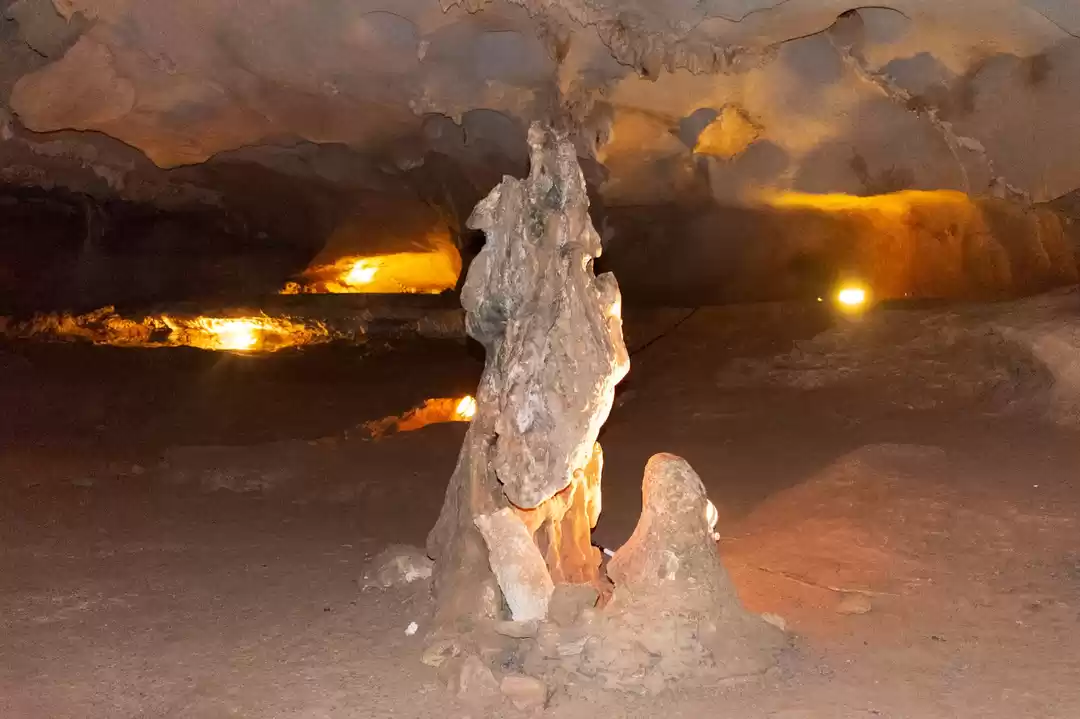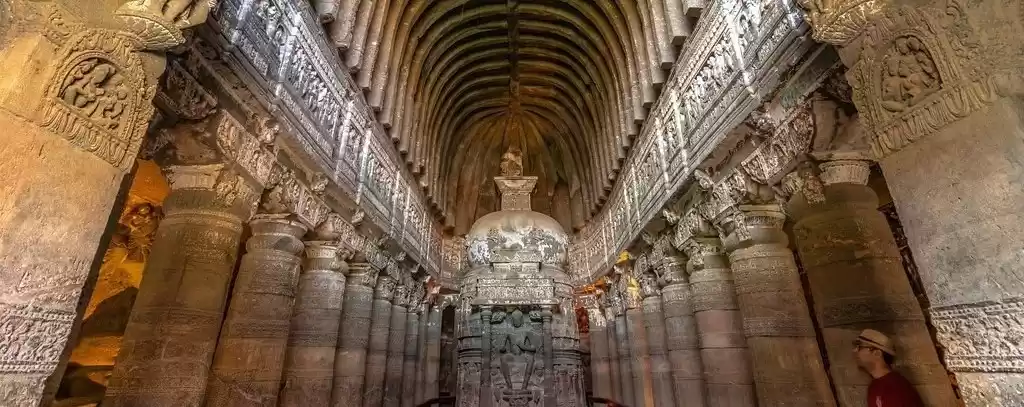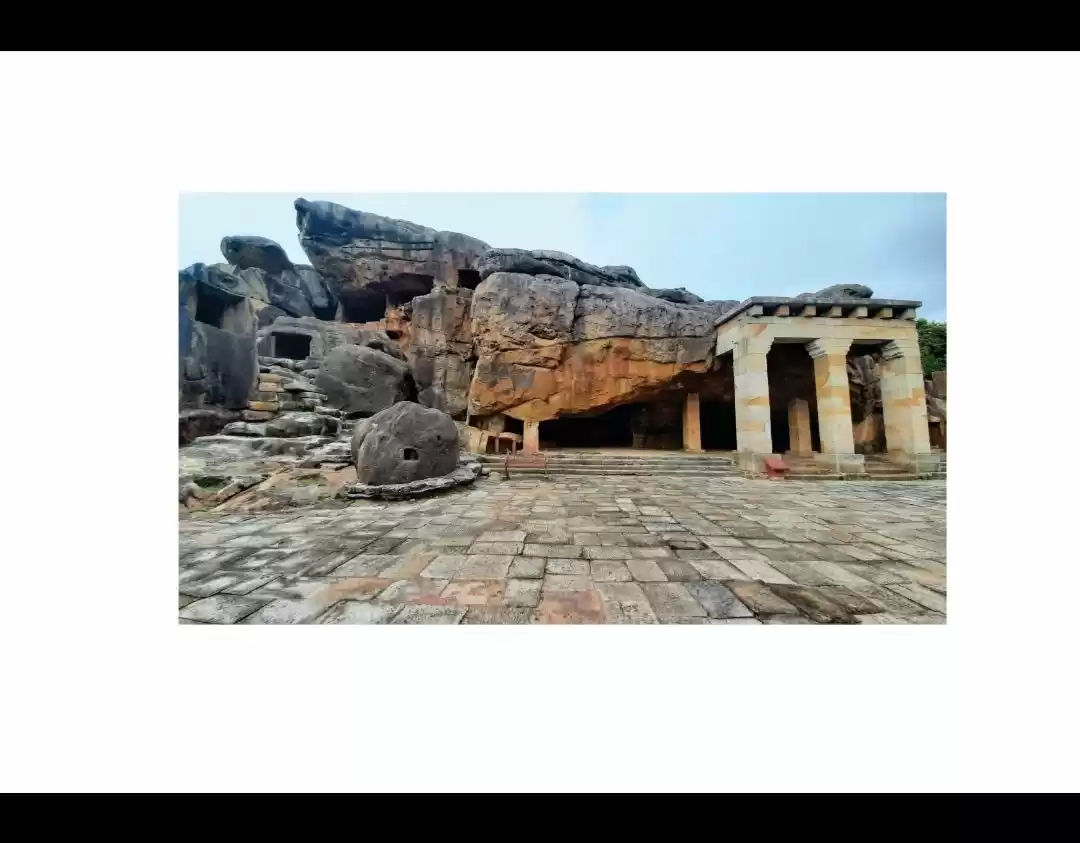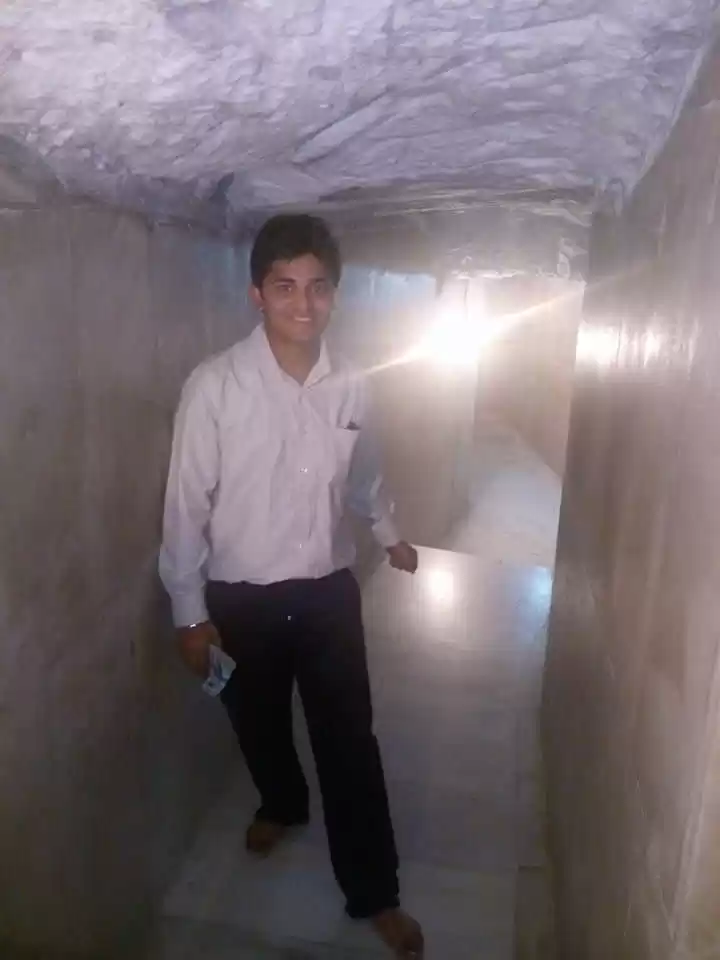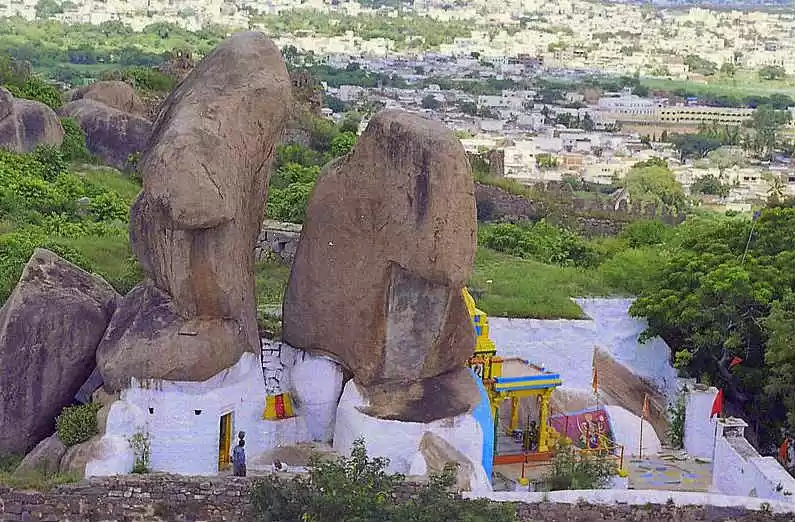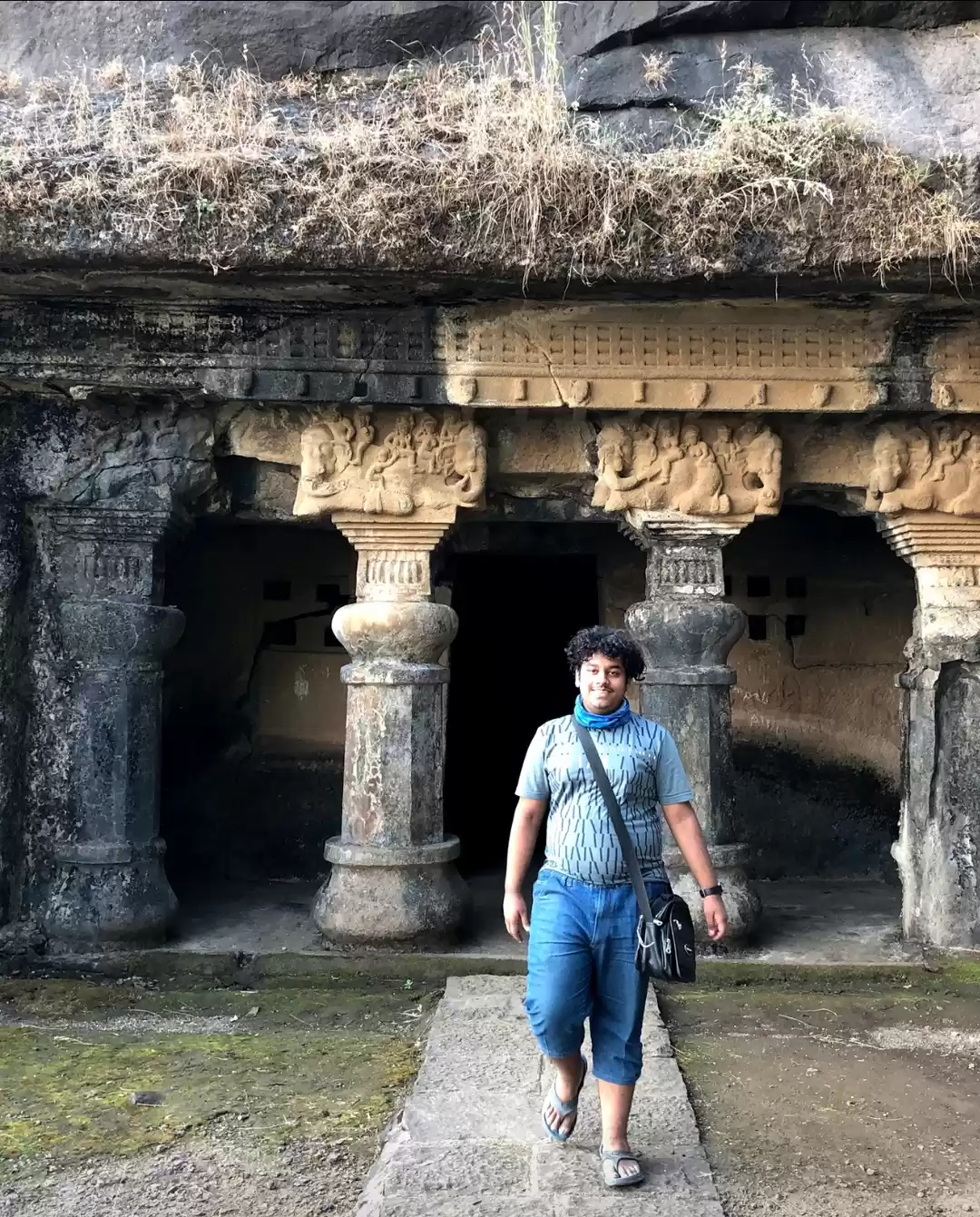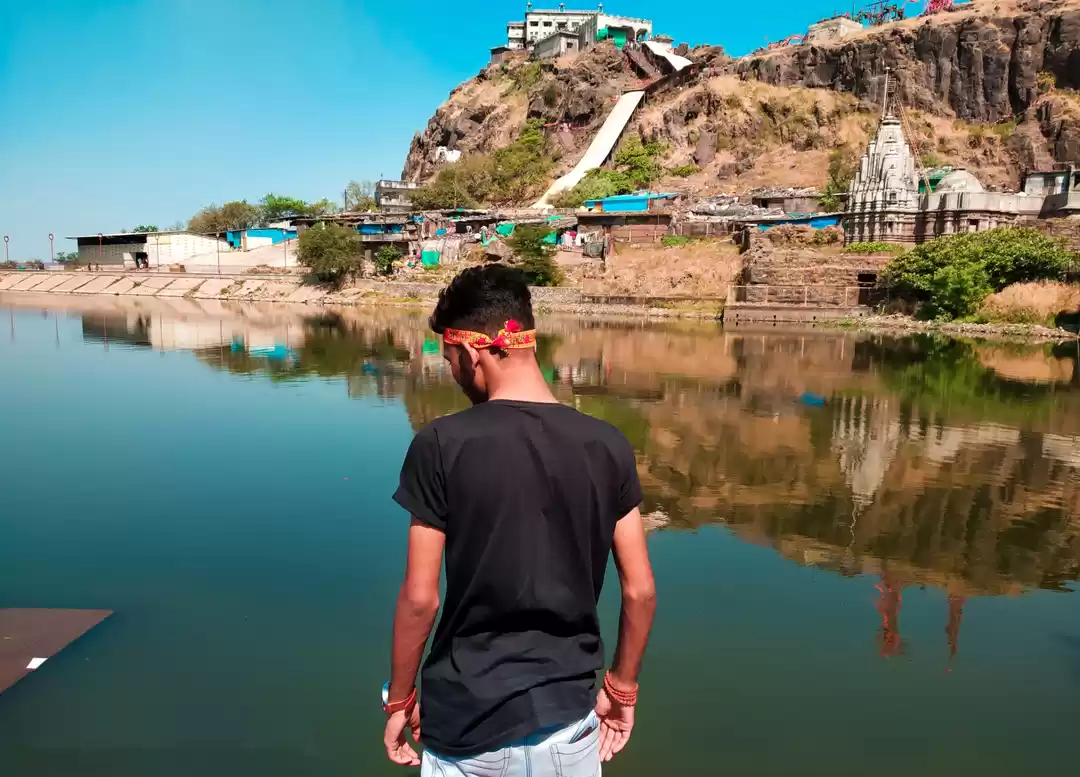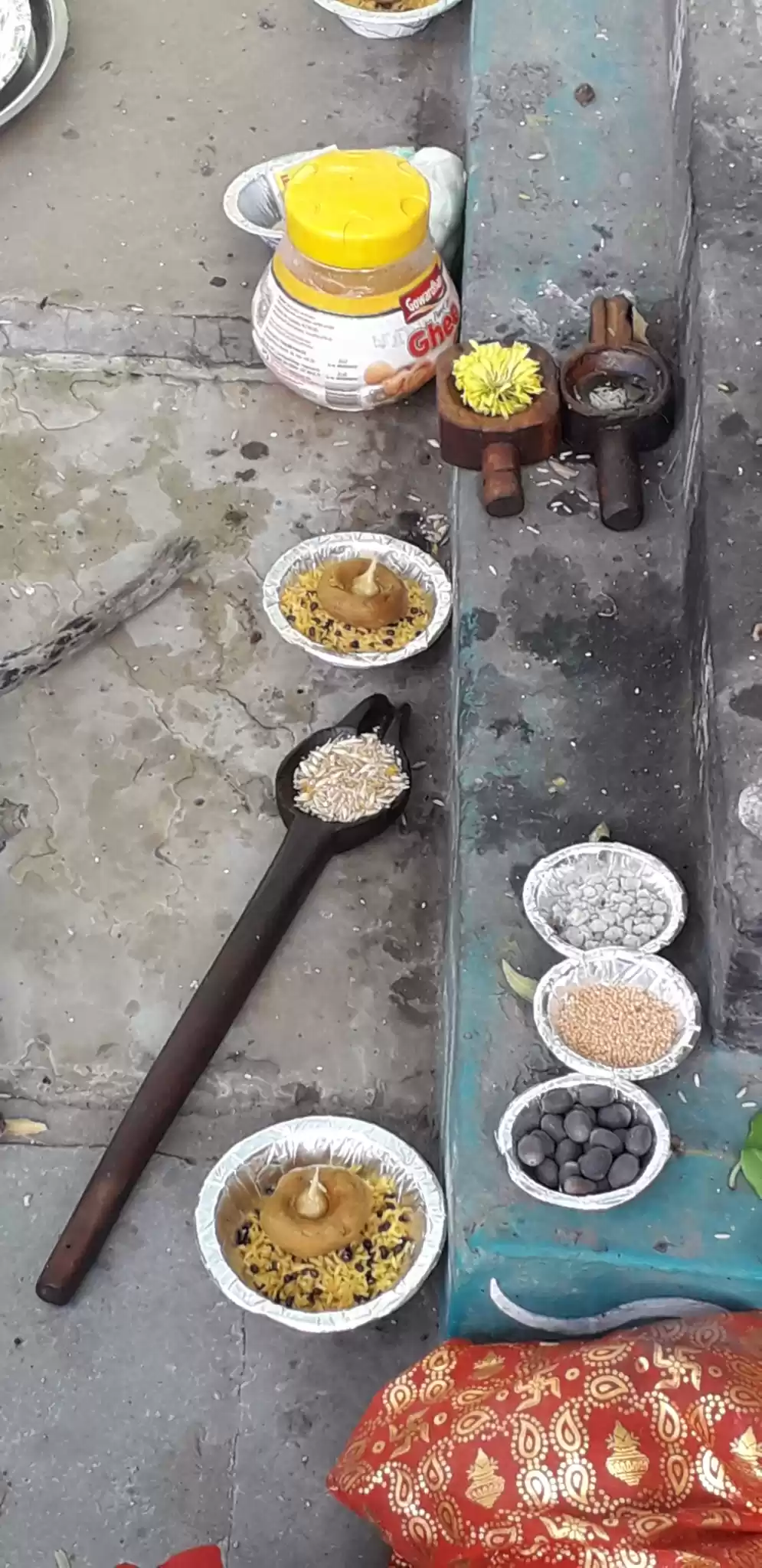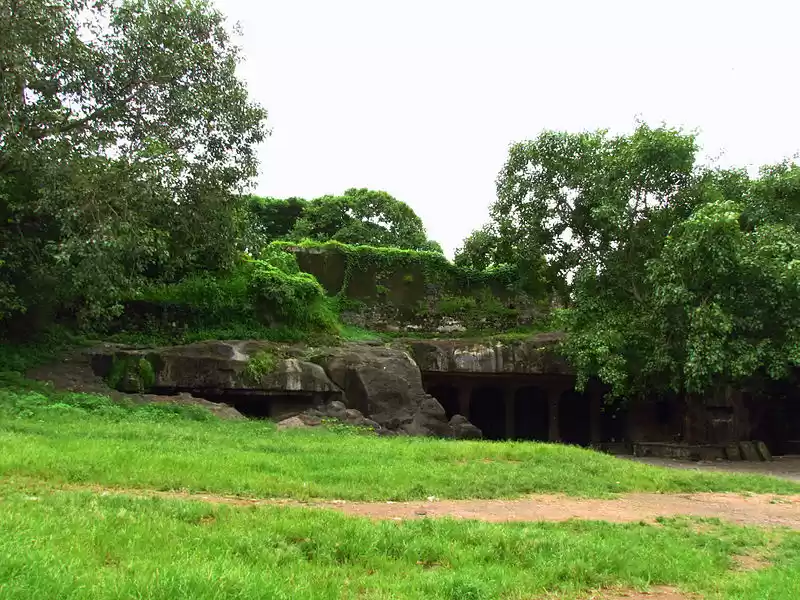If you are looking for a unique and offbeat destination in Mumbai, then you should not miss the Mahakali Caves, also known as the Kondivite Caves. These are a group of 19 rock-cut caves that date back to the 1st century BCE and showcase the rich and diverse history and culture of the city. In this article, we will tell you everything you need to know about the Mahakali Caves, such as their origin, architecture, features, how to reach, and nearby attractions. Whether you are a history buff, a culture enthusiast, or a nature lover, you will find something to admire and enjoy at the Mahakali Caves.
History and Origin of the Mahakali Caves
The Mahakali Caves are named after the Mahakali Temple, which is located near the caves and is dedicated to the Hindu goddess Kali. The caves are also known as the Kondivite Caves, after the ancient name of the region, Kondivita. The caves were carved out of basalt rock by Buddhist monks between the 1st century BCE and the 6th century CE, during the Mauryan and the Kushan periods.
The caves served as monasteries, temples, and residences for the monks, who followed the Hinayana sect of Buddhism. The caves are also known for their inscriptions in Brahmi and Pali languages, which provide valuable information about the history, society, and religion of the time. The caves were abandoned and forgotten for centuries, until they were rediscovered and restored in the 19th and 20th centuries by British and Indian archaeologists.

Features and Architecture of the Caves
The Mahakali Caves consist of two groups of caves, one with 15 caves and the other with 4 caves. The caves are of two types: chaityas and viharas. Chaityas are prayer halls, which have a stupa (a dome-shaped structure) at the end, and viharas are living quarters, which have cells for the monks. The caves are decorated with various sculptures and carvings of Buddha, Bodhisattvas, animals, and floral motifs. The most notable features of the caves are:

- Cave 9:
This is the largest and the most impressive cave, which is a chaitya with a large stupa and a vaulted roof. The cave has a carved facade with a horseshoe-shaped arch, which is flanked by two pillars and two pilasters. The cave also has a portico with four cells and a veranda with two cells. The cave has several sculptures of Buddha in different poses and expressions, such as the Dharmachakra Mudra (the gesture of teaching), the Abhaya Mudra (the gesture of fearlessness), and the Dhyana Mudra (the gesture of meditation).
- Cave 3:
This is another chaitya cave, which has a smaller stupa and a flat roof. The cave has a simple facade with a rectangular opening, which is surrounded by a carved border. The cave has a single cell on each side of the entrance. The cave has a few sculptures of Buddha and animals, such as lions, elephants, and bulls.
- Cave 11:
This is a vihara cave, which has a spacious hall with four pillars and four cells. The cave has a carved facade with a triangular pediment, which is supported by two pillars and two pilasters. The cave has a large sculpture of Buddha in the Dhyana Mudra, which is flanked by two Bodhisattvas and two attendants. The cave also has a small sculpture of Buddha in the Abhaya Mudra, which is placed on a pedestal in front of the hall.
How to Reach and Visit the Caves
The Mahakali Caves are located in the Andheri East area of Mumbai, near the MIDC Industrial Area. The caves are easily accessible by various modes of transport, such as:
Train:
The nearest railway station is the Jogeshwari Railway Station, which is about 3 km away from the caves. You can take a local train from any part of the city to reach the station, and then take an auto-rickshaw or a taxi to reach the caves.
Bus:
The nearest bus stop is the Mahakali Caves Bus Stop, which is about 500 m away from the caves. You can take a bus from any part of the city to reach the bus stop, and then walk to the caves.
Metro:
The nearest metro station is the Chakala Metro Station, which is about 2 km away from the caves. You can take a metro from any part of the city to reach the station, and then take an auto-rickshaw or a taxi to reach the caves.
Air:
The nearest airport is the Chhatrapati Shivaji International Airport, which is about 5 km away from the caves. You can take a flight from any part of the country or the world to reach the airport, and then take an auto-rickshaw or a taxi to reach the caves.
The caves are open from 9 am to 5 pm, every day except Mondays. The entry fee is Rs. 15 for Indian nationals and Rs. 200 for foreign nationals. The caves have basic facilities, such as drinking water, toilets, and parking. However, there are no guides, audio guides, or information boards available at the caves, so you may want to do some research or carry a guidebook before visiting the caves. Some tips and advice for visiting the caves are:
- The best time to visit the caves is during the winter season, from November to February, when the weather is pleasant and cool. Avoid visiting the caves during the summer season, from March to May, when the weather is hot and humid, or during the monsoon season, from June to September, when the caves may be slippery and muddy.
- Wear comfortable and modest clothes and shoes, as the caves are a religious and historical site. Avoid wearing shorts, skirts, or sleeveless tops, as they may be considered disrespectful by some locals. Wear shoes that have a good grip, as the caves may have uneven and rocky surfaces.
- Carry a water bottle, a hat, a sunscreen, and a camera, as the caves may not have any shops or vendors nearby. However, do not litter or damage the caves, as they are a protected monument and a heritage site. Respect the rules and regulations of the caves, such as not touching or climbing the sculptures, not making loud noises, and not smoking or drinking inside the caves.
- Enjoy the serene and peaceful atmosphere of the caves, as they offer a contrast to the hustle and bustle of the city. Appreciate the ancient and artistic beauty of the caves, as they reflect the skill and devotion of the Buddhist monks. Learn more about the history and culture of the caves, as they reveal the fascinating and diverse past of Mumbai.
Nearby Places and Attractions
After visiting the Mahakali Caves, you can also explore some of the nearby places and attractions that Mumbai has to offer, such as:

MIDC Industrial Area:
This is one of the largest and the oldest industrial areas in Mumbai, which houses several factories, offices, and warehouses of various sectors, such as engineering, pharmaceuticals, textiles, and electronics. You can take a tour of the industrial area and see the different types of industries and businesses that operate in Mumbai.

Chota Kashmir:
This is a popular picnic spot and a recreational park in Mumbai, which is located near the Aarey Milk Colony. The park has a lake, a boating facility, a garden, a playground, and a zoo. You can enjoy a relaxing and fun-filled day at the park, with activities such as boating, birdwatching, cycling, and playing.

Mahakali Temple:
This is a Hindu temple, which is located near the Mahakali Caves and is dedicated to the goddess Kali. The temple is believed to be one of the oldest and the most powerful temples in Mumbai, and attracts many devotees and pilgrims throughout the year. The temple has a black stone idol of Kali, which is adorned with flowers, jewelry, and weapons. The temple also has a festival, called the Mahakali Utsav, which is celebrated every year in July or August, with music, dance, and rituals.
The Mahakali Caves are a hidden gem of Mumbai's ancient Buddhist heritage, which offer a glimpse into the history, culture, and art of the city. The caves are a must-visit for anyone who wants to experience a different and offbeat side of Mumbai, away from the usual attractions and landmarks. The caves are a perfect destination for a day trip or a weekend getaway, as they are easily accessible and have many nearby places and attractions to explore.
So, what are you waiting for? Plan your trip to the Mahakali Caves and discover the secrets and stories of Mumbai's past. And don't forget to share your experience and feedback with us on Tripoto, the world's largest travel community. Happy travelling!



